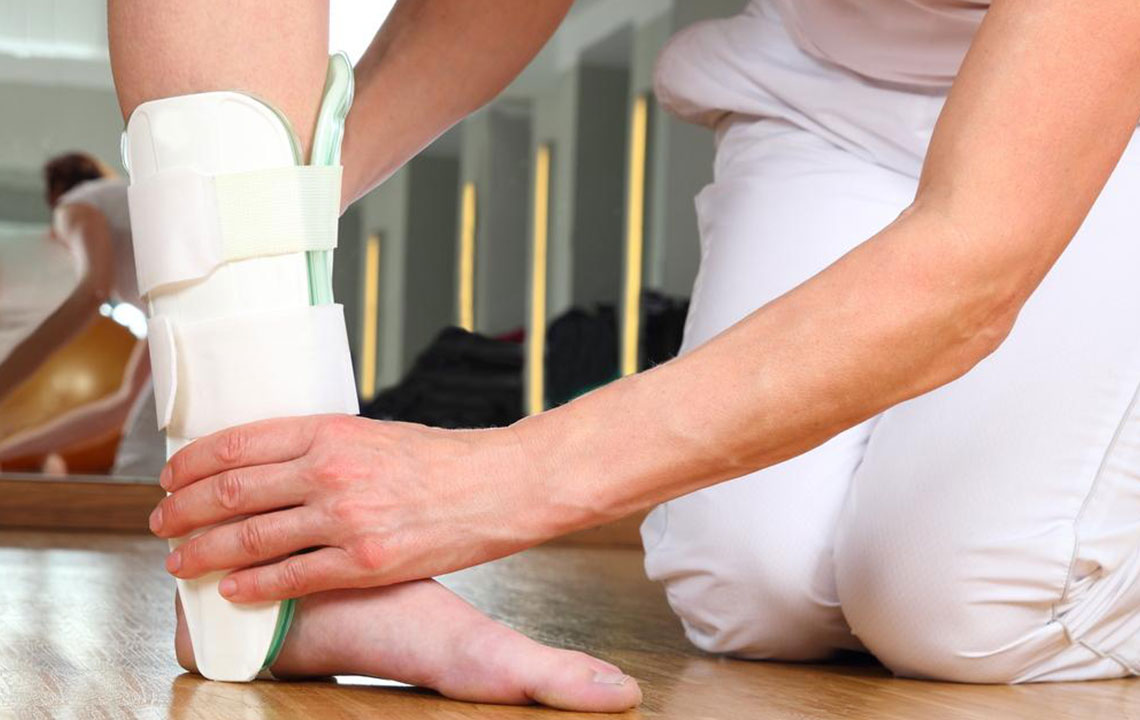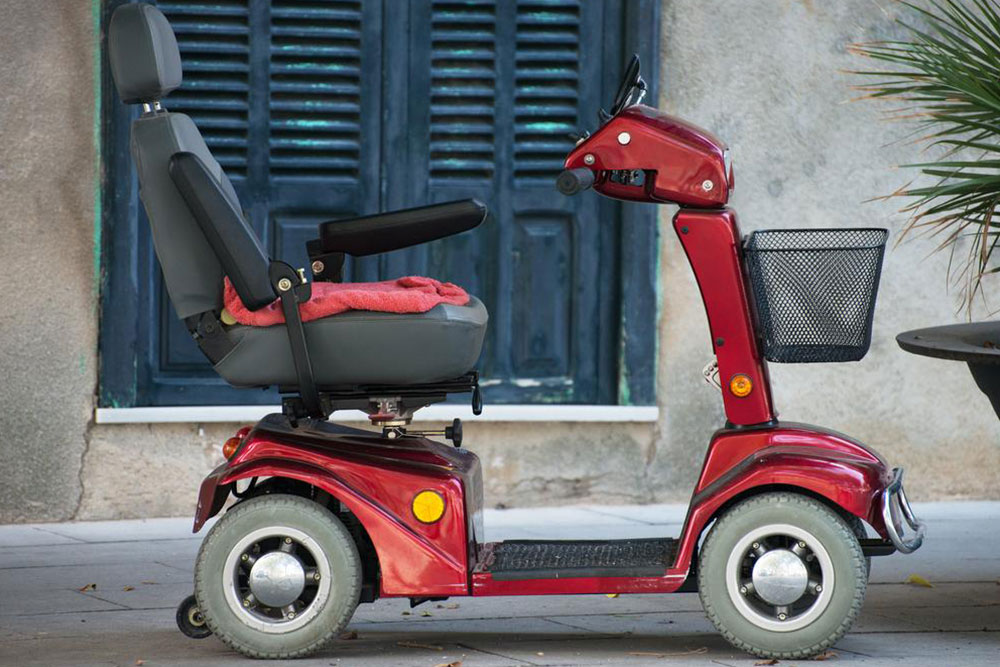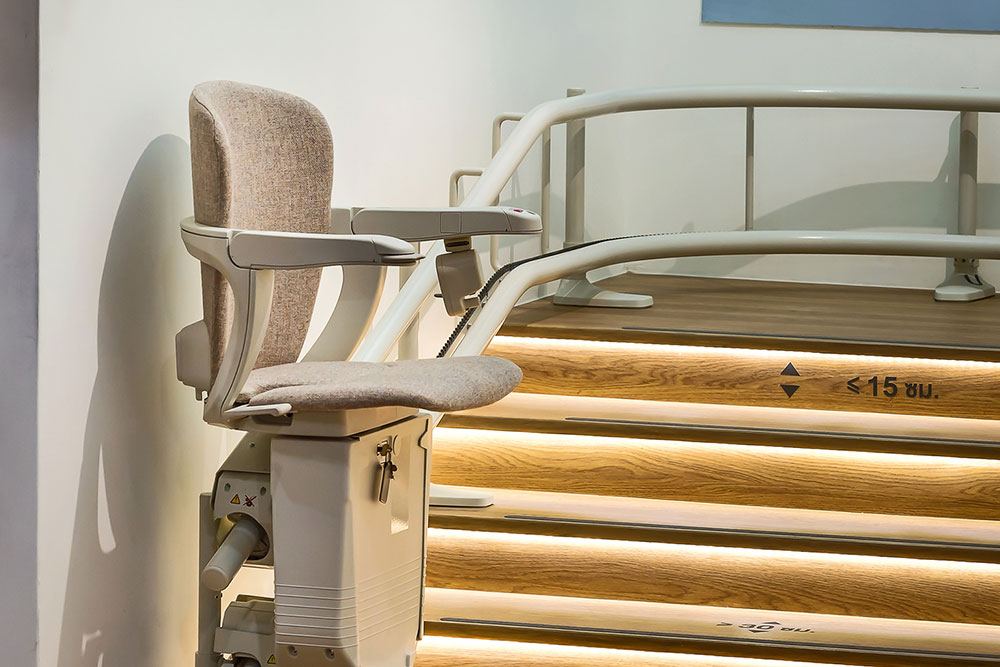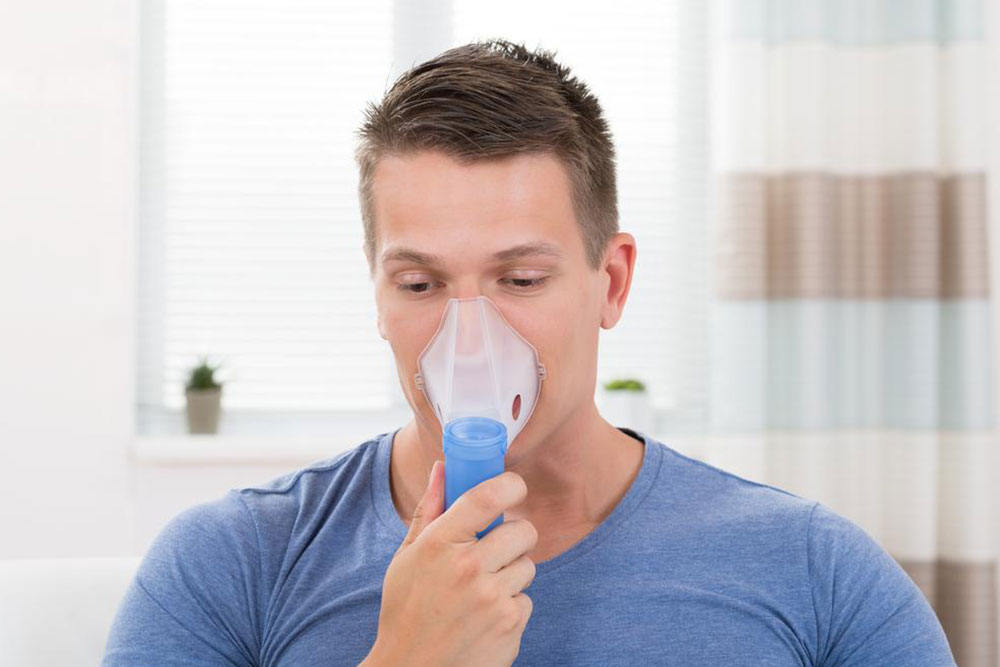Comprehensive Guide to Managing Drop Foot: Selecting the Best Orthopedic Braces for Improved Mobility
This comprehensive guide explores effective management options for drop foot, emphasizing the importance of selecting suitable orthopedic braces to enhance mobility and safety. Detailed descriptions of various braces and additional tips provide valuable insights for patients and caregivers seeking optimal solutions for this condition.

Comprehensive Solutions for Drop Foot Management: How to Choose the Right Orthopedic Braces
Drop foot, medically known as foot drop, is a neurological condition characterized by difficulty in lifting the front part of the foot due to weakness or paralysis of the muscles that control ankle movement. This condition can significantly impair gait and mobility, making everyday walking a challenge. Patients often find themselves dragging their toes across the ground or lifting their legs excessively to clear the foot during steps. The impairment affects key movements such as ankle dorsiflexion and plantar flexion, which are essential for smooth, natural foot motion. As a result, individuals with drop foot may develop compensatory walking patterns, such as swinging their leg outward or employing excessive hip movement, leading to an unnatural gait and increased fatigue.
It is important to recognize that foot drop is a symptom rather than a standalone disease. Its underlying causes are diverse and can include neurological disorders like stroke, multiple sclerosis, cerebral palsy, or poliomyelitis. Nerve injuries, trauma, and certain musculoskeletal conditions can also cause or contribute to drop foot. Addressing the root cause is crucial for effective management, but many patients benefit from supportive devices like orthotic braces that help improve mobility, stability, and comfort.
Orthopedic braces designed for drop foot are specialized devices that support the foot and ankle, facilitating a more natural walking pattern. These braces not only assist in lifting the foot during movement but also help prevent stumbling and falls. They vary widely in design, material, and functionality, enabling tailored solutions for different patient needs, preferences, and budgets. Custom-made braces are often prescribed for optimal fit, especially for complex cases, whereas prefabricated options provide convenience and cost-effectiveness for less severe conditions or temporary support.
Categories of Drop Foot Braces: An In-Depth Look
Short Leg Brace with Fixed Hinge: This lightweight and supportive brace is suitable for individuals with flat feet or specific neurological conditions. It maintains the foot at a 90-degree angle, providing firm support for the ankle and foot to prevent dragging. While it offers stability, it restricts ankle movement, which might slightly impact walking naturalness. Commonly used post-stroke or for nerve injuries, it is appreciated for its simplicity and reliability.
Dorsiflexion Assist Orthosis: An advancement over fixed hinges, this device incorporates a spring-loaded hinge allowing controlled ankle mobility. It actively assists in lifting the foot during gait, making walking more natural and less energy-consuming. The dorsiflexion assist braces are especially effective in promoting a more normal heel-to-toe walking pattern. They are best suited for individuals under 6 feet tall and weighing less than 225 pounds, ensuring optimal function and comfort.
Plantarflexion Stop Ankle-Foot Orthosis (AFO): Designed to prevent the foot from pointing downward (plantarflexion), this orthosis allows upward ankle movement, aiding in dorsiflexion. It provides excellent support in severe cases of drop foot, reducing the risk of tripping. However, its bulkiness may limit ankle mobility and overall comfort for some users, requiring careful fitting and adjustment.
Solid Ankle-Foot Orthosis (SAFO): This robust brace restricts movement in both dorsal and plantar flexion, offering maximum stability. It is ideal for patients with complete muscle weakness or those with additional joint instability, such as knee hyperextension. Its primary use is to ensure safe, stable walking while preventing collapse or falls.
Energy Return Braces: Constructed from advanced materials like carbon graphite, these lightweight braces are designed to provide flexible support for dorsiflexion while returning energy with each step. They improve overall mobility, reduce fatigue, and increase comfort, making walking more efficient and less tiring.





